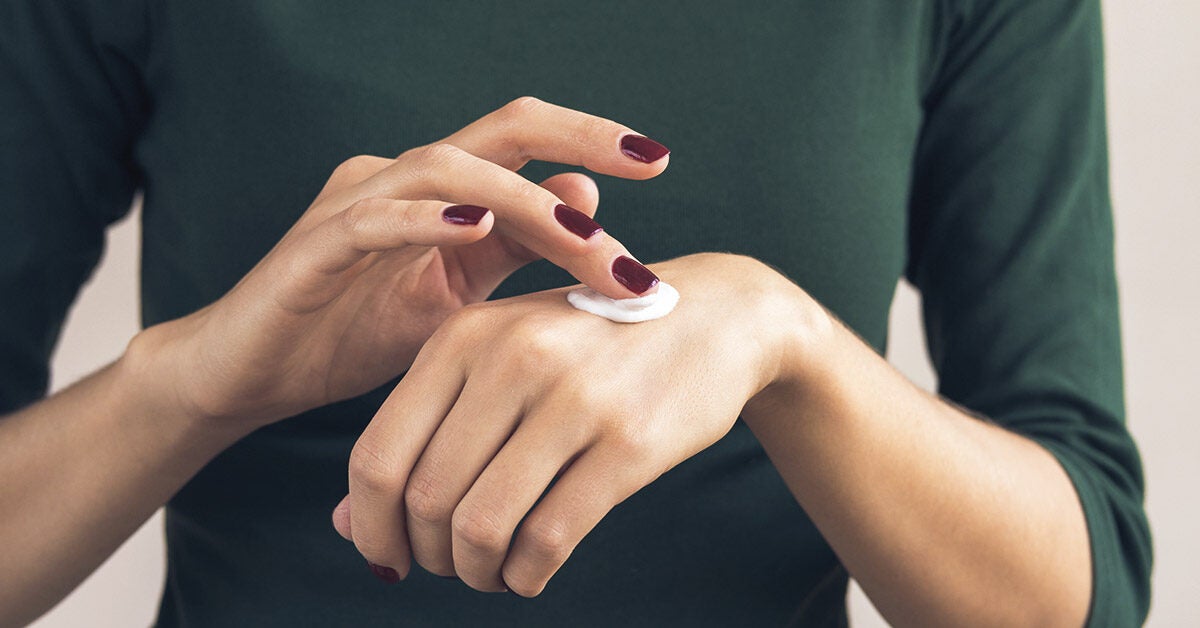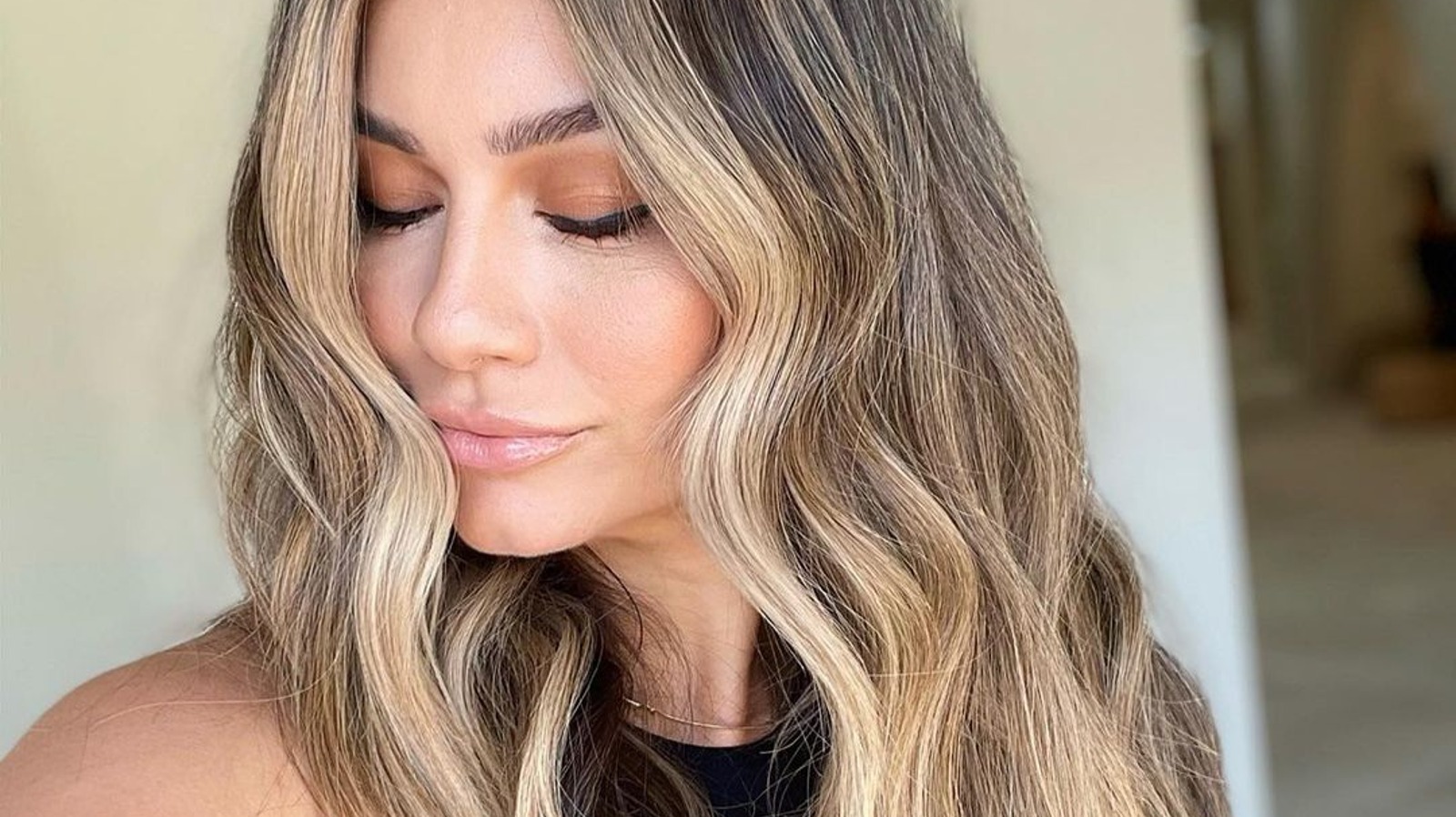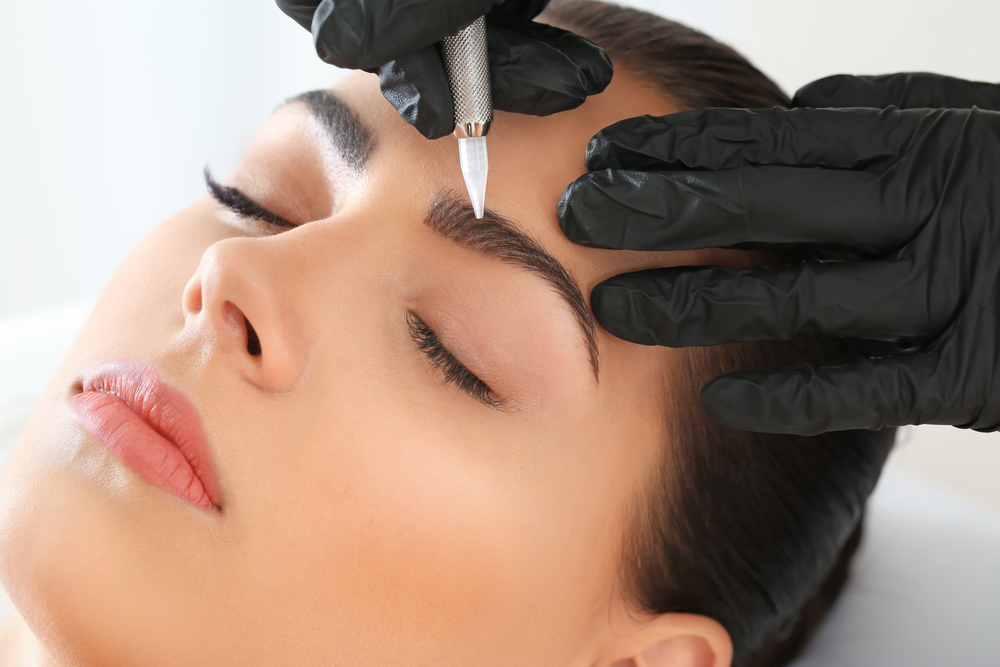6 Simple Ways To Care For Pearl Jewellery

A lot of us own a closet or dresser filled with a variety of jewellery. Most times, we store these pieces of jewellery – bracelets, bangles, rings, earrings and necklaces – in a single location. Whether it’s for fashion, ethnic or religious purposes, those precious stones are delicate and fragile.
Most people erroneously think that since jewellery has metallic composition and is made from gemstones, it can endure any treatment. All the same, you have to handle your jewellery pieces with care, regardless of whether it is made of gold, silver, ruby or pearl.
This is because your jewellery can serve as a memento or relic of an important event in your life that you truly love. For this, it possesses a lot of value. This is why people pass down their jewellery as heirlooms or keepsakes to other family members. It’s great to see your child or niece donning a piece of jewellery you originally owned.
Have You Heard About Tahiti Pearl?
Tahitian pearls are regarded as one of the world’s most important commercially harvested pearls. They differ from black Akoya, and black freshwater pearls, which have undergone the process of dyeing or irradiation, in that Tahitian pearls have a naturally dark colour. Like South Sea and Akoya pearls, they are bead-nucleated with a uniquely thick nacre.
You might mistakenly assume that since Tahitian pearls bear the name of Tahiti Island, they originate from there. This is not true. Tahiti is an important trading centre for islands that cultivate Tahitian pearls. Pinctada margaritifera, commonly called black-lip pearls, are harvested in French Polynesia, the Micronesian islands, the Cook Islands, and to a certain degree, countries like Japan, Thailand and Philippines. However, the term “Tahitian pearls” is exclusively given to the ones cultivated in French Polynesia.
Tahitian pearls are one of the biggest and most valuable in the market. They vary in size from an estimated 8 mm to 18 mm. What makes Tahitian pearls truly stunning is their full spectrum of iridescent colours. This is gotten from black-lip pearl oysters, whose opalescent mantle displays vibrant colours.
You can get high-quality Tahitian pearl jewellery from stores in the UK nationwide.
Keep It In A Separate Place.
Do not keep your pearl jewellery in a container or pack with other precious stones. This may chip, damage or scratch the pearls. Additionally, keep your pearls separate from other jewellery and avoid dropping them.
Wrap in Soft Fabric
Place your pearls evenly to prevent your strands from flaying. Most people keep their pearls in a different silk-lined jewellery box, a soft fabric, or a soft bag.
Do Not Use Chemicals.
Never expose your pearls to chemicals. Since they have calcium carbonate as a primary constituent, pearls are highly chemically intolerant. Acids will severely corrode the nacre of your pearls, causing them to become rough and lose their sheen. Your pearl jewellery can be negatively affected by citrus juice or even simple chemicals like skin wipes and lotions.
Thus, wear your pearl jewellery only when you have applied your cosmetics. Also, it is important to remove your pearls before showering, swimming or working out (sweats can even harm your pearls, as well).
An important pearl care rule is to take it off first and wear it last.
Pearls Require Moisture
Avoid placing your pearls in an air-tight nylon bag or a locked box. Pearls thrive in water and are also composed of water (around 2%). This is the reason they require moisture. If kept in a dry place, your pearls’ nacre may scratch or dry out.
If your pearls are kept in a locked container, it is advisable to occasionally immerse them in water for a brief time. Next, don’t put or hang them away but lay them evenly on a towel or soft napkin. If this isn’t done, the thread might stretch.
String Maintenance
Routinely clean and restring your pearl necklace or bracelet. When you repeatedly put on your pearl, the string may droop or become slack. So ensure you restring your pearl jewellery at least once annually.

Carefully string your pearls separately. If not, they might knock against one another, harming the nacre.
You should tie each pearl individually. Otherwise, they might bump against one another and harm the nacre. Also, even if the pearl strand breaks, none of the pearls will come off, and you won’t lose them.
Wear Your Pearls
Put on those gorgeous pearls! Because pearls thrive in water, they will enjoy your body’s moisture and natural oils.
Conclusion
When well-maintained, pearls can look their best in 50 years. Because pearls are not the hardest gems, they must be properly cared for. Read the tips above to learn how to keep your pearls in good condition.
Recent Posts
 What are Some Common Mistakes to Avoid While Trimming Your Beard?
What are Some Common Mistakes to Avoid While Trimming Your Beard? A Guide to Updating Your Skincare Routine for Summer
A Guide to Updating Your Skincare Routine for Summer 5 Things To Keep In Mind When Ordering From A China Hair Factory
5 Things To Keep In Mind When Ordering From A China Hair Factory Why Moisturising Your Hands Is So Important?
Why Moisturising Your Hands Is So Important? What Is Your Curl Pattern Type, And How Do You Deal With It?
What Is Your Curl Pattern Type, And How Do You Deal With It? Dermal Fillers: What Are Dermal Fillers, How Are They Used, And Who Uses Them?
Dermal Fillers: What Are Dermal Fillers, How Are They Used, And Who Uses Them? How Filorga Optim Eyes Works
How Filorga Optim Eyes Works Reverse Balayage: A Low Maintenance Cost For Beauty in Winter
Reverse Balayage: A Low Maintenance Cost For Beauty in Winter Shape the Brows with efficient Eyebrows Tinting
Shape the Brows with efficient Eyebrows Tinting Different Types of Hair Extensions
Different Types of Hair Extensions
